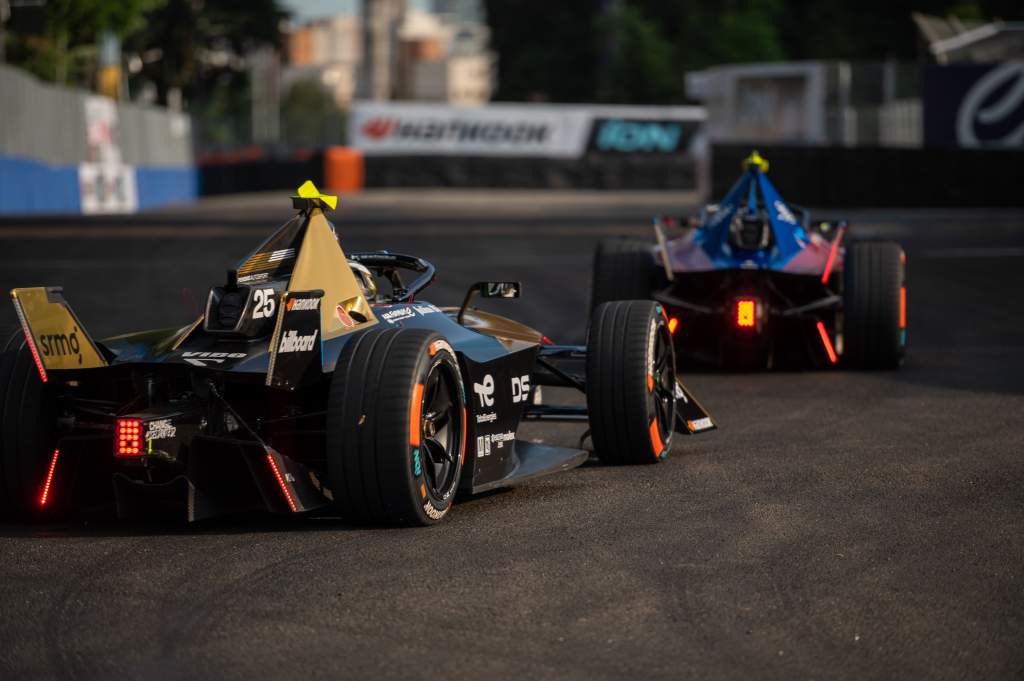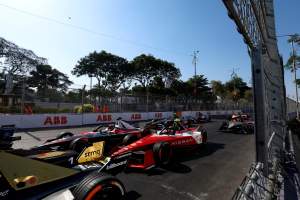The Berlin Tempelhof temporary airfield circuit has hosted races in every Formula E season bar the second one in 2015-16, but that consistency is matched by its propensity to infuriate teams and drivers with a kind of curious vehicle dynamic schizophrenia.
Tempelhof is unique for a combination of reasons, including the old airfield surface and the actual layout of the track. There is a lot of combined load on the tyre, as well as a lot of slow-speed acceleration.
The long unravelling Turn 1, then Turn 5 – where attack mode is – is another long corner, and then there are two hairpins. That amounts to a lot of load on the tyre, and there’s little time for the rubber to actually cool down.
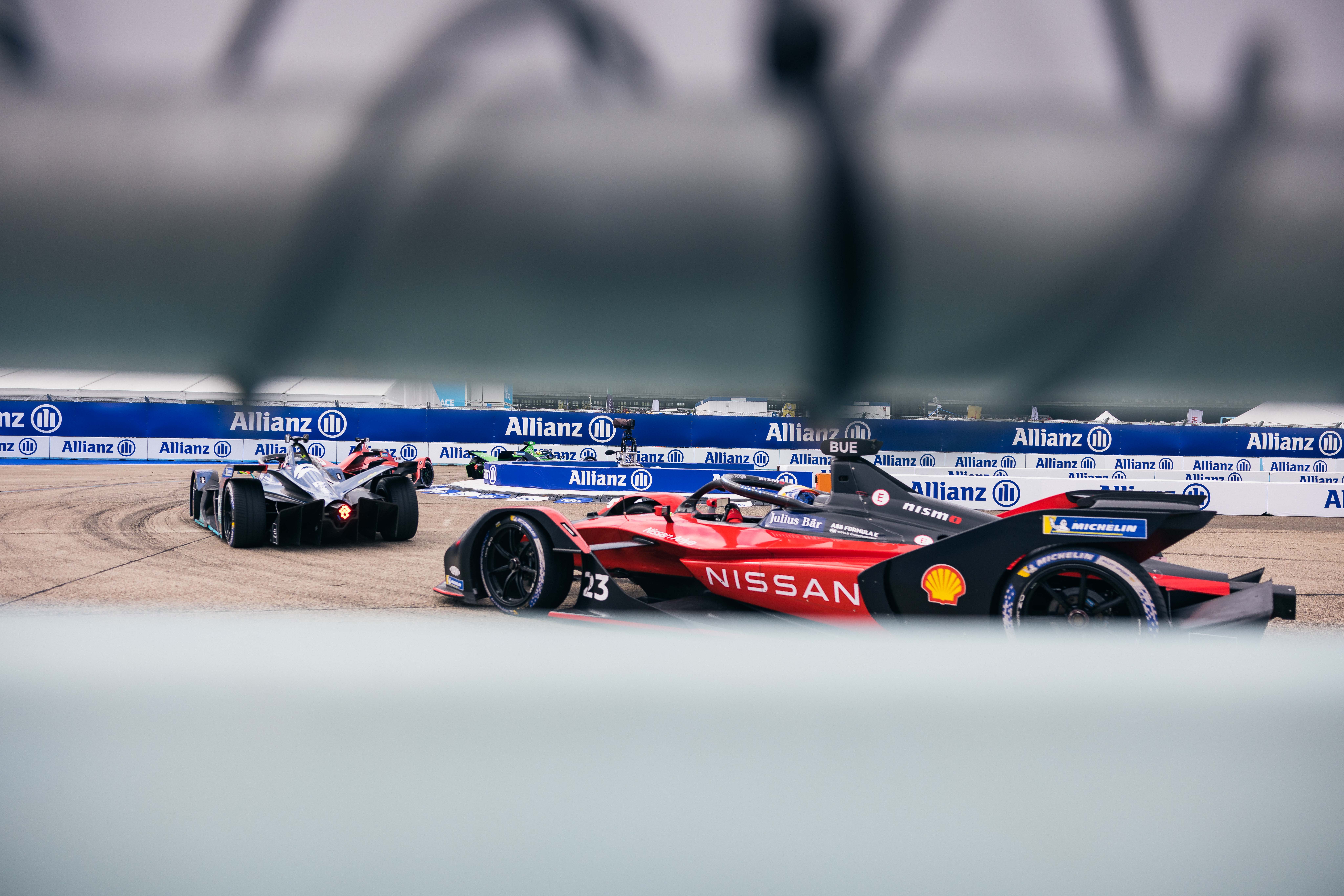
The asphalt itself has a relatively high grip. But it has an extreme relationship between macro and micro – the macros being the stones in the asphalt and micros being the layer of bitumen.
Drivers and engineers have pulled hair out before in getting muddled in the knife-edge windows of tyres and set-up that challenge the best in the business.
Teams that have gone completely missing in recent years, include the Jaguar and Envision squads. Such was the paucity in performance of Envision in 2021 that Robin Frijns described it all to The Race as “frustration beyond belief”.
If the drivers thought it was bad then, wait until you hear some of the sob stories this coming weekend when the home of the Berlin Airlift hosts round seven and eight of the 2023 world championship.
That is because the new Hankook tyres have an even more intricate operating window, one so riddle-like that some Formula E teams are still getting to grips with how best to get time from them.
In contrast to the previous Gen2 Michelin tyre, Hankook’s senior engineer Mike Choi tells The Race this week that “our target was to set differently the characteristics which we have designed for this type of compound, which is having a bit of a slower warm-up than the previous supplier”.
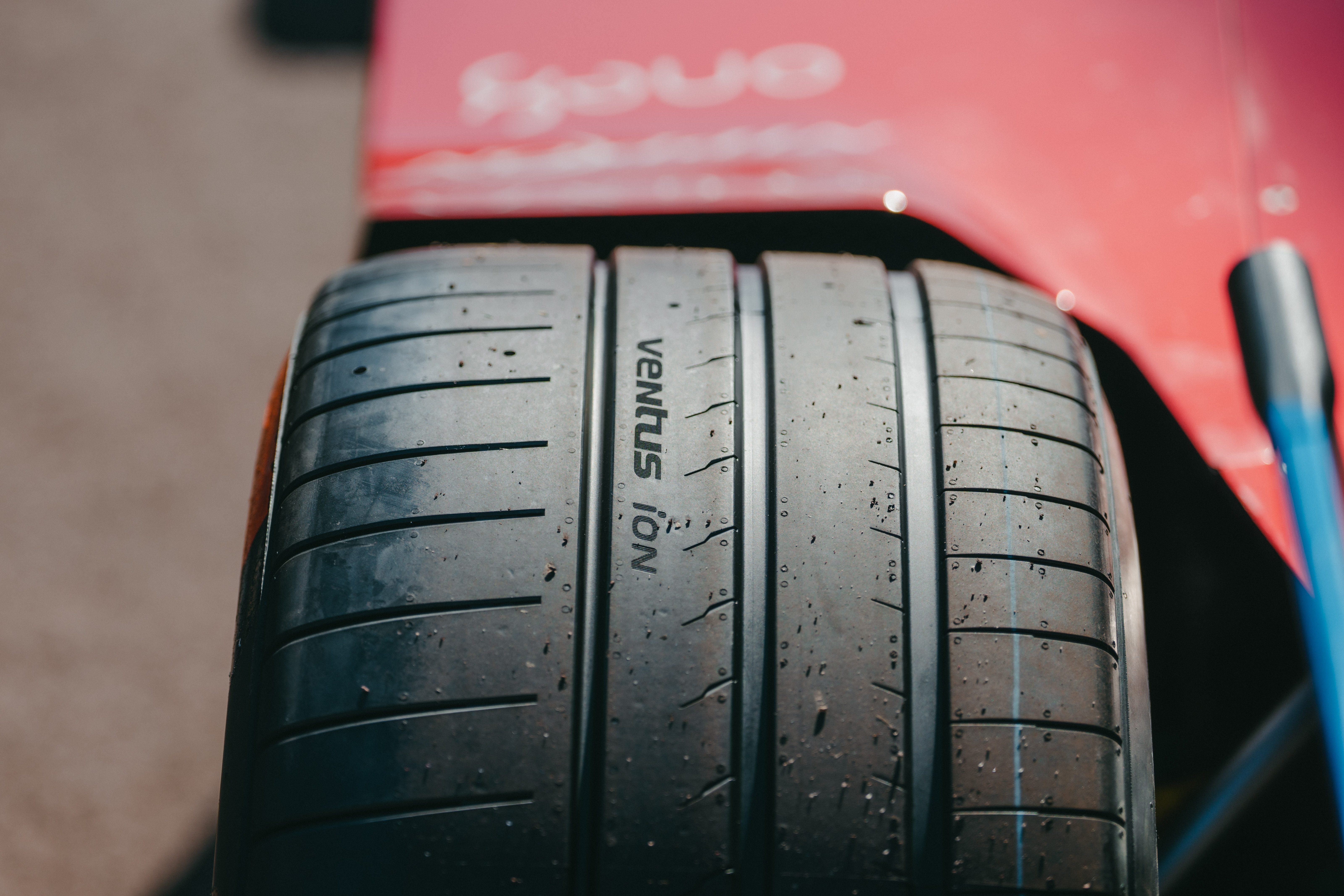
“That is what we are focused more on and also to the endurance level of the tyre performance rather than the peak performance in the beginning stage of the tyre,” he adds.
The tyres teams are using now were conceived in a completely different way to the previous Michelins. That was partly a legacy of having such little time of track running prior to the manufacturers getting their cars last June.
Disputed testing schedules because of a cell change in the battery around January/February time in 2022 put some parts of the tyre-development schedule on the back foot. This was seen too in Hankook trying out some alternative compounds as late as September.
Although only theoretical, Choi states that “initially this tyre after the race can be used one [more] round because the thickness of the tread compound is designed to be thicker in an optimised way”.
Teams return the tyres at the end of an event. For this weekend’s Tempelhof double-header they will get three sets of tyres, so they could theoretically race the same set on Saturday and Sunday.
The longevity “is related to the warm-up speed”, suggests Choi. “I believe teams have recognised and realised how to handle our tyre properly throughout the programme now.”
They have also adapted some cute techniques for retaining heat in qualifying.
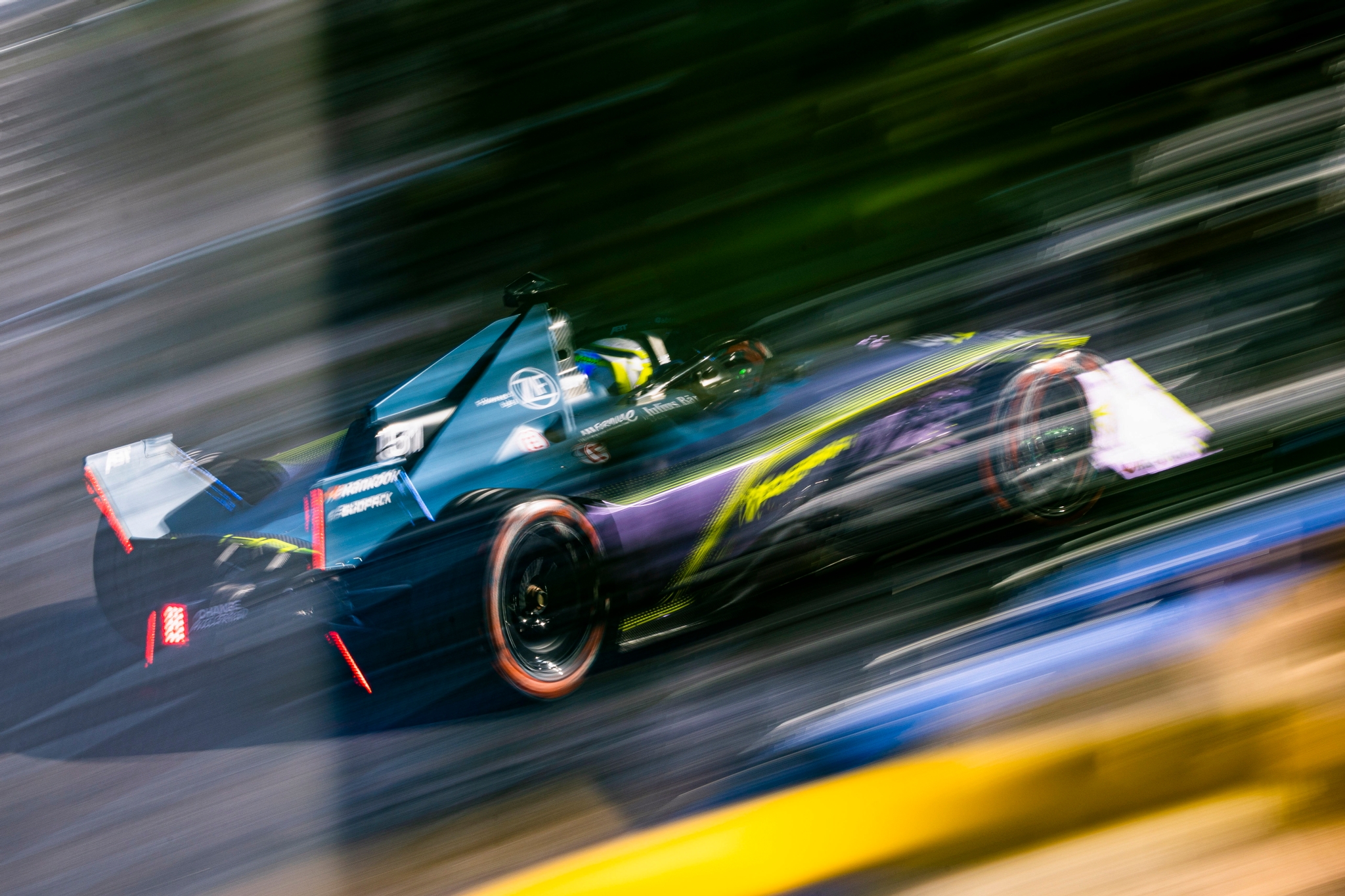
“The one thing that you may see in the pit, teams have invested in transparent plastic covers to retain the heat throughout the qualifying sessions,” says Choi. “This is one of the examples as to how they are handling our tyre differently than the previous supplier.”
Teams had been keen to cool the Michelin tyre after qualifying sessions in the Gen2 era. Now, it is more of a question of who retains the heat of the tyre properly throughout the session.
It is this that is related to the performance of the tyre in the optimum working window, which is notoriously fickle in Formula E, and when you throw in the granular surface of Tempelhof it can make for a riddle of a race.
A lot of course will come down to the precise tyre pressures that teams are applying. The set minimum this season is 1.20 bar, lower than the previous 1.40 bar and 1.30 bar of the Michelin era. Already there is an interesting split in terms of what drivers are running.
Some teams are using well above the minimum pressure and some teams are really on the edge of the minimum.
“I wouldn’t say this is a good way or bad way, as far as how to adapt our product properly [is concerned],” says Choi.
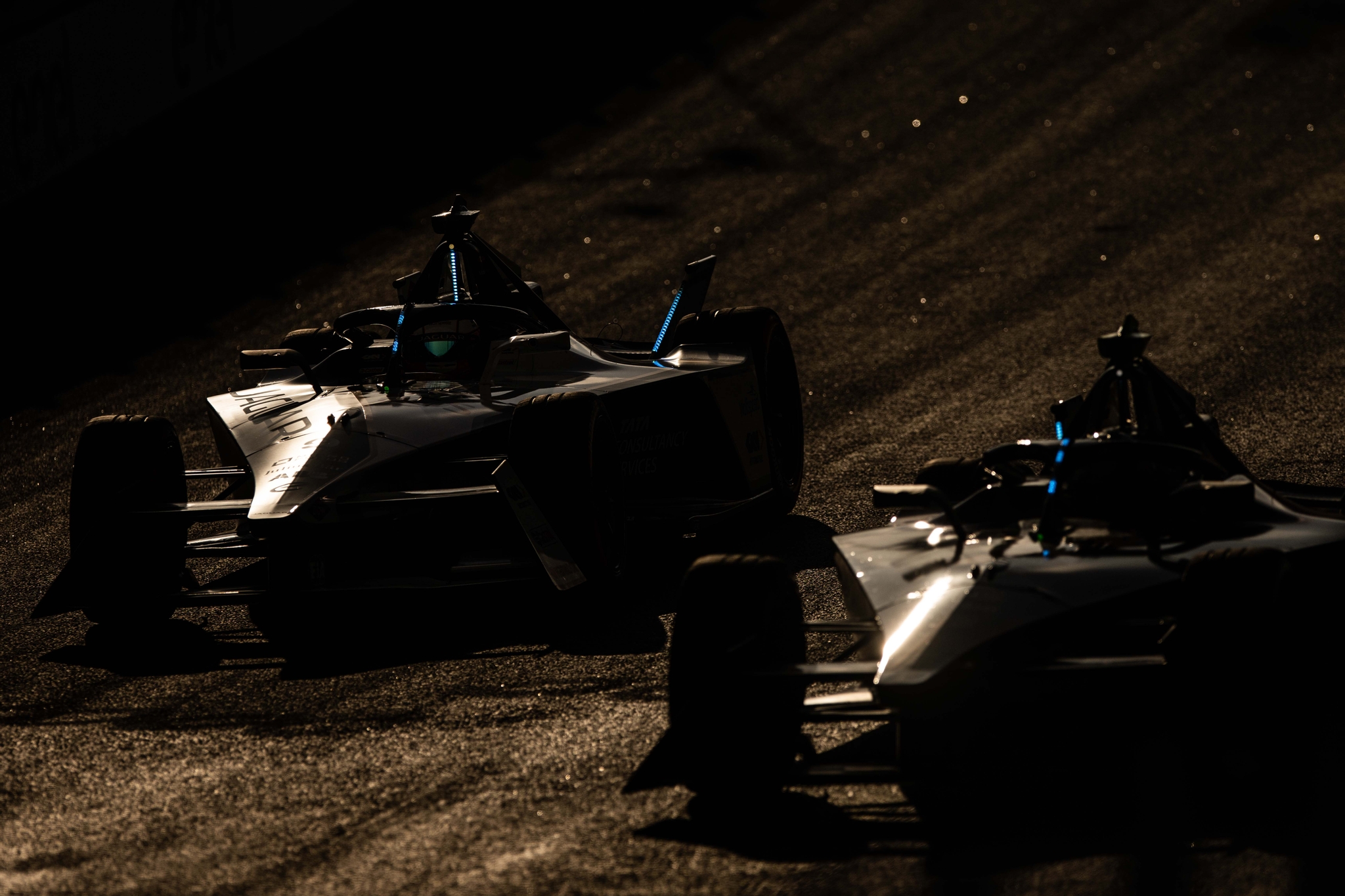
“I will say one third of the grid is using well above the minimum pressure and two thirds of the cars is a bit above the edge of the minimum pressure.”
These fine margins are likely to be slightly exacerbated in Berlin this weekend, which will make the fight for supremacy as the season hits the halfway stage even more fascinating.

